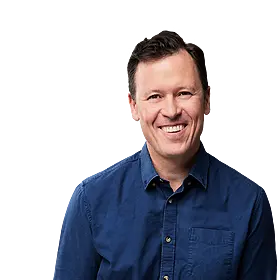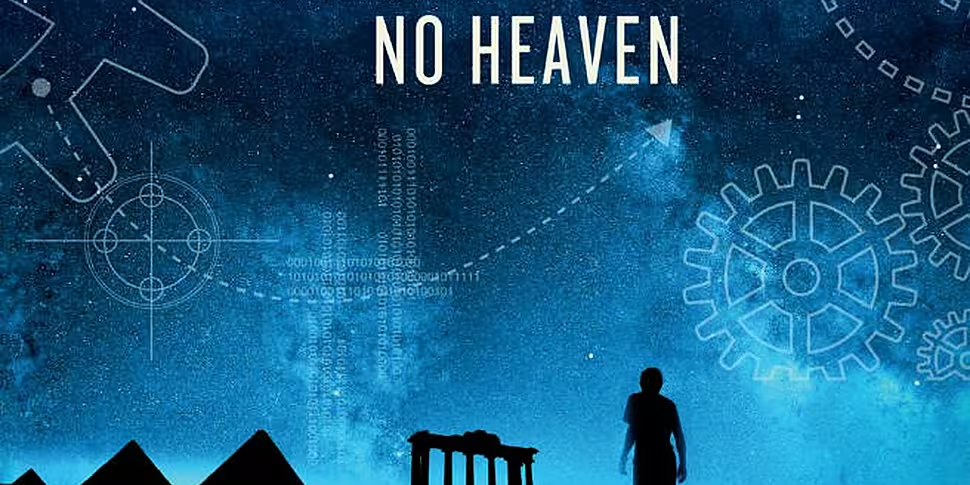If the ignorance of nature gave birth to Gods, the knowledge of nature is calculated to destroy them – Baron d’Holbach in ‘The System of Nature’, 1770
The history and culture of the Western world is indelibly linked to religion. Our cities are dominated by steeples and minarets and the divine populates many of our most famous works of art. For centuries kings and governments bent the knee to spiritual leaders and today we still give homage to god on money and in government chambers. Even divinities worshiped by long dead civilisations continue to live in the pages of our books and on the silver screen.
Yet religion hasn’t had it all its own way. From its earliest foundations there have been people who have questioned the answers religions offered and the gods they raised up. In the 1500s this absence of faith in the divine or the outright denial of its existence was given a name; atheism. Taken from the Ancient Greek for ‘without god’ this school of thought received its first publically vocal proponents 200 years later.
In his new book Imagine There’s No Heaven: How Atheism Helped Create the Modern World professor of journalism at New York University Mitchell Stephens tracks the evolution of atheism in the Western world. Starting in ancient Greece he takes the reader on a fascinating journey as he pinpoints influential figures through time who questioned and challenged the existence of a god or gods. These individuals and groups helped to drive progress forward in science, culture, and social and political thought.
Join ‘Talking Books’ as Susan journeys with Mitchell Stephens along the influential path atheism has carved through history. Together they visit Europe and America during the Enlightenment, see the birth of some of the most influential ideas in the 19th century, and find some answers to the ultimate existential question. Who were the most influential atheists in history? How did they change history and what was the importance of atheism in their life and thought? Where would we be without them? And what does the future hold for atheists and religion?
 Statue of Patrick Kavanagh, author of If Ever You Go to Dublin Town, on the banks of the Grand Canal
Statue of Patrick Kavanagh, author of If Ever You Go to Dublin Town, on the banks of the Grand Canal
This week’s show also sees Susan reflect on the launch of Dublin: One City One Book 2014. This will be the ninth year the capital hosts this initiative to promote and encourage reading and writing. With events running across the city during the month of April booklovers out there will be spoiled for choice. It is a humble book of poetry, however, that will take centre stage during these celebrations.
The core of the One City One Book initiative is a single book that participants of the event are encouraged to read. Those who do decide to read it can wear a small badge that lets other readers and participants know. The aim is to promote literary discussion and cultivate a culture of reading across the city with fellow badge wearers approaching each other to discuss the book.
This year’s choice was If Ever You Go: A Map of Dublin in Poetry and Song. This anthology collects together a range of contemporary and historic representations of Dublin’s fair city in poetry, verse, and song; as Gaeilge as well as in English. This book paints a beautiful portrait of Dublin; highlighting everything that makes it great as it and takes you on a wonderful journey through its streets broad and narrow where old ghosts meet.
Susan spoke with poets Pat Boran and Michael O’Loughlin about the book and this year’s Dublin: One City One Book. Listen back as we find out why If Ever You Go was chosen to bring Dublin readers together in 2014. What is it that draws so many authors to Dublin? And why does it inspire such diverse and lyrical art?









